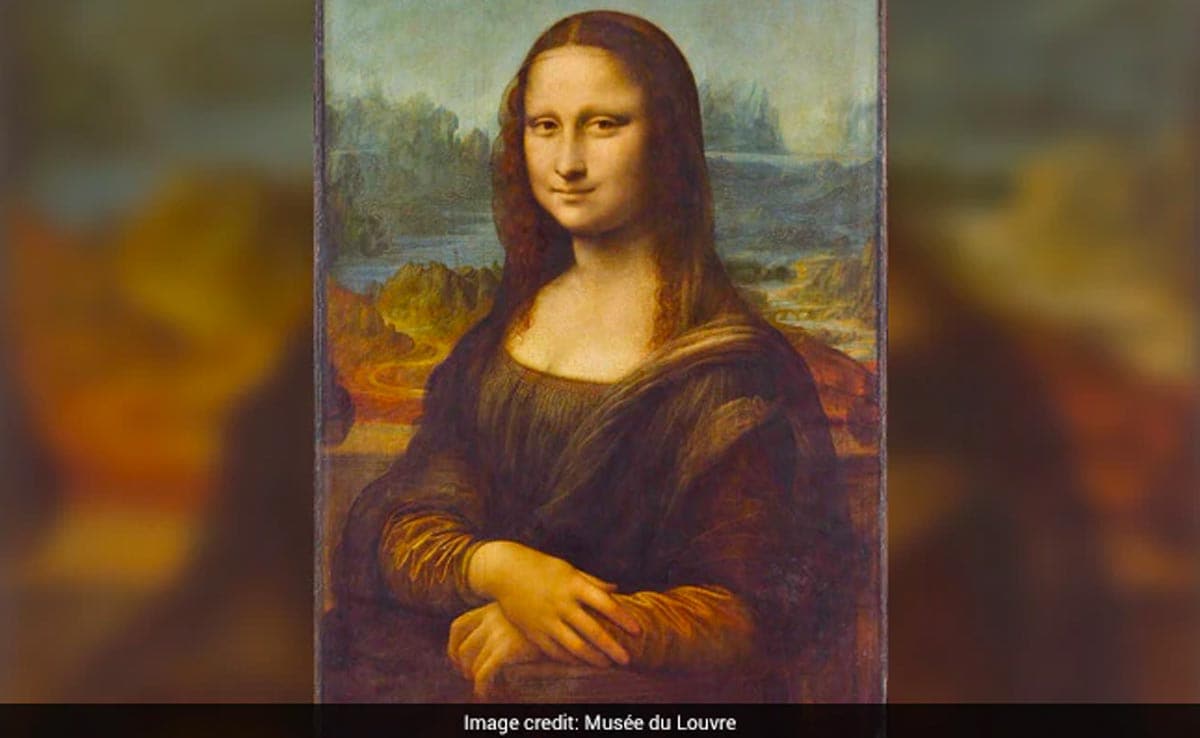
A lot of Da Vinci’s artworks, including the Mona Lisa, were created on wooden panels.
In a new discovery, scientists have found new secrets about the Mona Lisa, painted by the 16th-century renowned artist Leonardo Da Vinci. According to ground-breaking research released on Wednesday in the Journal of the American Chemical Society, the Renaissance painter invented a unique chemical formula for the oil paints he used in the painting.
Researchers in France and Britain studied minuscule pieces from two of Da Vinci’s most famous paintings, the Last Supper and Mona Lisa using X-rays and infrared spectroscopy to determine the chemical makeup of the artist’s paint combination. In the layer beneath the artwork, the scientists found traces of lead oxide, an orange pigment that helped the paint dry and thicken, in addition to white lead pigment and oil.
As per the study, a lot of Da Vinci’s artworks, including the Mona Lisa, were created on wooden panels. According to the study’s findings, the artist, who was also an engineer, probably added the lead oxide to make an opaque undercoat that was thick enough to cover the wood. The study also demonstrates the public’s enduring interest in the well-known painting, which is regarded as the classic Italian Renaissance work of art.
Furthermore, researchers from the Centre National De La Recherche Scientifique, the premier scientific organisation in France, headed by chemist Victor Gonzalez went through Leonardo da Vinci’s manuscripts to support the long-held theory that he used lead oxide in his paint mixture, but they were unable to find any conclusive evidence. Later, they found that the initial coat of paint contained a lead mineral known as plumbonacrite. According to them, the plumbonacrite formed as a result of a chemical reaction between the lead oxide and the oil.
A few months ago, an Italian art researcher solved the mystery behind the stone bridge seen in the backdrop of the Mona Lisa painting. According to The Guardian, the Italian historian Silvano Vinceti said he had no doubt that the Romito di Laterina bridge in the province of Arezzo was what Leonardo had painted into the countryside landscape behind the enigmatic Mona Lisa, which would end a mystery that has fuelled countless disputes over the years.
The news outlet further reported that Leonardo painted the Mona Lisa in Florence in the early 16th century, and just like the distant background, much rumour surrounds the identity of the woman depicted in the oil painting, who is generally accepted to be Lisa del Giocondo.




